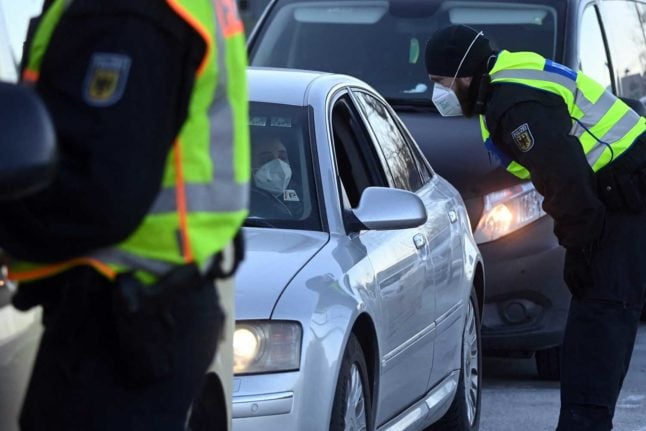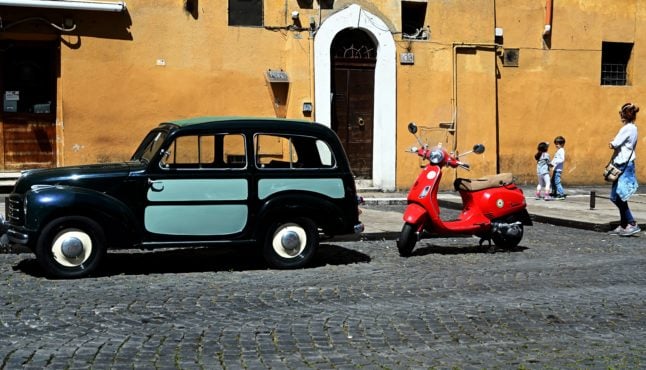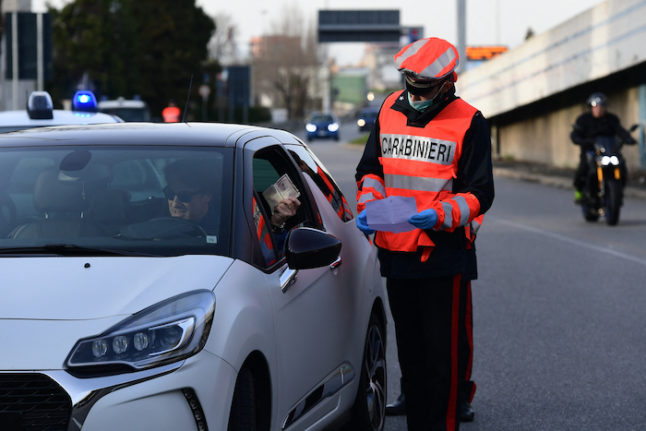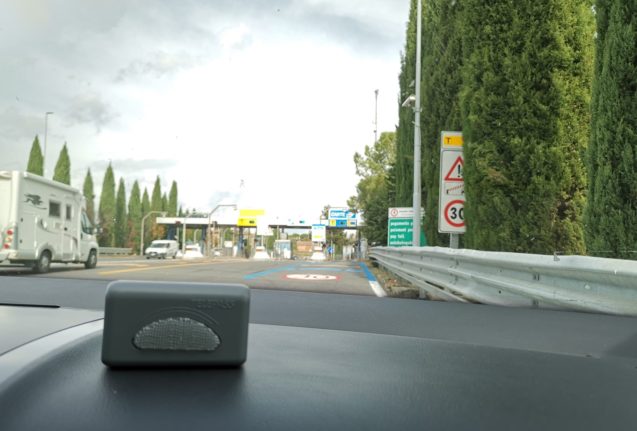Driving on Italy’s roads has become increasingly challenging for foreign residents as recently reformed Italian laws have put the brakes on vehicles registered abroad being driven in Italy.
The Highway Code states: “It is forbidden for anyone who has resided in Italy for more than 60 days to drive a vehicle registered abroad.”
So that means if you move to Italy with your car, you have to register it with Italian licence plates within two months of obtaining your residency in Italy. If you don’t, your car could be impounded.
It’s also worth noting that once you’ve started the process of registering your car in Italy, you can’t use it. You can only get back behind the wheel once you’ve got your new documentation and licence plates. In this case, you’ll need to make a plan on how you’ll get around or how you’ll get to the supermarket if you live in a rural area, for instance.
Beware: it’s not straightforward, as is true of any bureaucratic process involved with moving to Italy. “These procedures and formalities can be very long, complex and costly, in particular for non-EU citizens”, according to the European University Institute.
If you’re still keen to bring your beloved wheels, though, here’s what you need to do.

Getting going
Your car needs to be registered with the Motor Vehicles Office (Ufficio Motorizzazione Civile) and the Public Vehicle Registry (Pubblico Registro Automobilistico or PRA).
The ‘uffici della motorizzazione civile’ are agencies of the Italian Ministry of Transport, and there’s usually at least one in every town. You can find a list of them on the Ministry of Transport website.
You have to be a legal resident already to do this, so you’ll need your residence permit, permesso di soggiorno, or proof of residence, certificato di residenza, if you’re an EU citizen. You’ll also need your tax code (codice fiscale).
There is no need currently for British nationals who obtained residency before Brexit to have their biometric ID card, or carta di soggiorno, to complete this process.
To start, you’ll need to tell the licensing authorities in your home country that you won’t be using the car there anymore.
For British nationals, for example, you have to inform the DVLA that you’re taking the vehicle out of the UK for 12 months or more – this is known as permanent export. More details can be found here.
Following this, you’ll need to prove that your car is roadworthy. Ask for a technical inspection certificate, signed and stamped by the manufacturer or an accredited distributor – and translated into Italian.
If it all looks in top shape and meets the Italian road standards, you’ll receive a certificate of conformity – certificato di conformità.
There are reports of this documentation taking months to arrive, so plan way ahead before your move to Italy.

The paperwork you need to register your vehicle in Italy
With these documents in hand, you then need to go to your local Motorizzazione Civile Office. You’ll be asked to provide the following, as stated by the Automobile Club d’Italia:
- Ownership certificate
- Certificate of cancellation of registration in the country of origin
- Application for registration (domanda di immatricolazione) form TT2119
- Personal ID: if it’s in a foreign language, you need to get it translated into Italian (unless an exemption is applicable under international laws or agreements)
- Proof of residency – unless residence is already shown in your ID document
- NP2D form for registration with the PRA, available at Motor Vehicles Offices or here
Once the paperwork is checked, the next step is to receive your Italian licence plates (targhe) and a carta di circolazione (registration certificate), which you should carry with you at all times. Then, within 60 days you need to enter your vehicle into the public registry, maintained by the Automobile Club d’Italia (ACI).
What you need to do if you’re coming from an EU country
You can use the ACI’s Sportelli Telematici dell’Automobilista (STA) service, a one-stop shop for registering your vehicle and getting hold of Italian licence plates. The crucial thing to remember here is: where was your car registered before bringing it to Italy?
It doesn’t matter where you’ve come from or what nationality you are. What counts is the country of registration for the vehicle.
Regardless of whether you come from a member state or a non-EU country, you must register your vehicle and get Italian licence plates. Fines range from €712 to €2,848 if you don’t – or the authorities could take your car off the road.
Once you’re all set with your new documentation and licence plates, to ensure you’re driving legally in Italy, you’ll need to pay the compulsory road tax (bollo) and arrange car insurance (assicurazione auto) that comprises third-party liability (responsabilità civile).
Maintaining its roadworthiness is also one to watch out for. After your car’s more than four years old, you must visit a mechanic every two years for a mandatory road worthiness test (revisione).
.jpg)
Can I keep my driving licence or do I need an Italian one?
If you’re coming from outside the EU, you may need to re-sit your driving test to get an Italian driving licence. This applies to most third country nationals, who cannot simply exchange their driving licence for an Italian one.
UK driving licence holders can now swap their licences for an Italian one without having to resit their test in Italian as feared. For now, you can use your UK licence in Italy until December 31st this year, as long as it was issued before January 1st, 2021.
READ ALSO: Who needs to exchange their driving license for an Italian one?
If you need an Italian driving licence, the patente di guida, you must start the process within one year of obtaining residency. There’s a lot to do when you arrive if you want to keep your motoring freedom, so you’ll need a solid strategy and have to be prepared for many steps in bureaucracy.
If this seems daunting and more than you are willing to go through, you could sell your car in your home country and buy a car in Italy. In that way, a dealer holds your hand through the paperwork and saves you the headache.
One little hidden extra which just may sway your decision one way or another, is the import tax. If you’re bringing your car from the EU, you can import your vehicle without paying duty, as long as it’s over six months old and has mileage of over 6,000 km.
Non-EU citizens, on the other hand, can import a vehicle duty-free on providing proof of ownership of over one year.
If your vehicle doesn’t fall into these categories, be prepared for a hefty import bill. You can find out how much it would be for your car by contacting the European University Institute here.
Further information on bringing your car to Italy can be found on the Automobile Club d’Italia site.



 Please whitelist us to continue reading.
Please whitelist us to continue reading.
What if the car is owned by an EU company (which remains registered in its home jurisdiction) and you, an Italian resident, are just driving it? Does it need to be reregistered then?
Hi, I’m a UK citizen with residency (elective). If I buy a 2nd hand car from Germany, do I pay the duty?
Robert